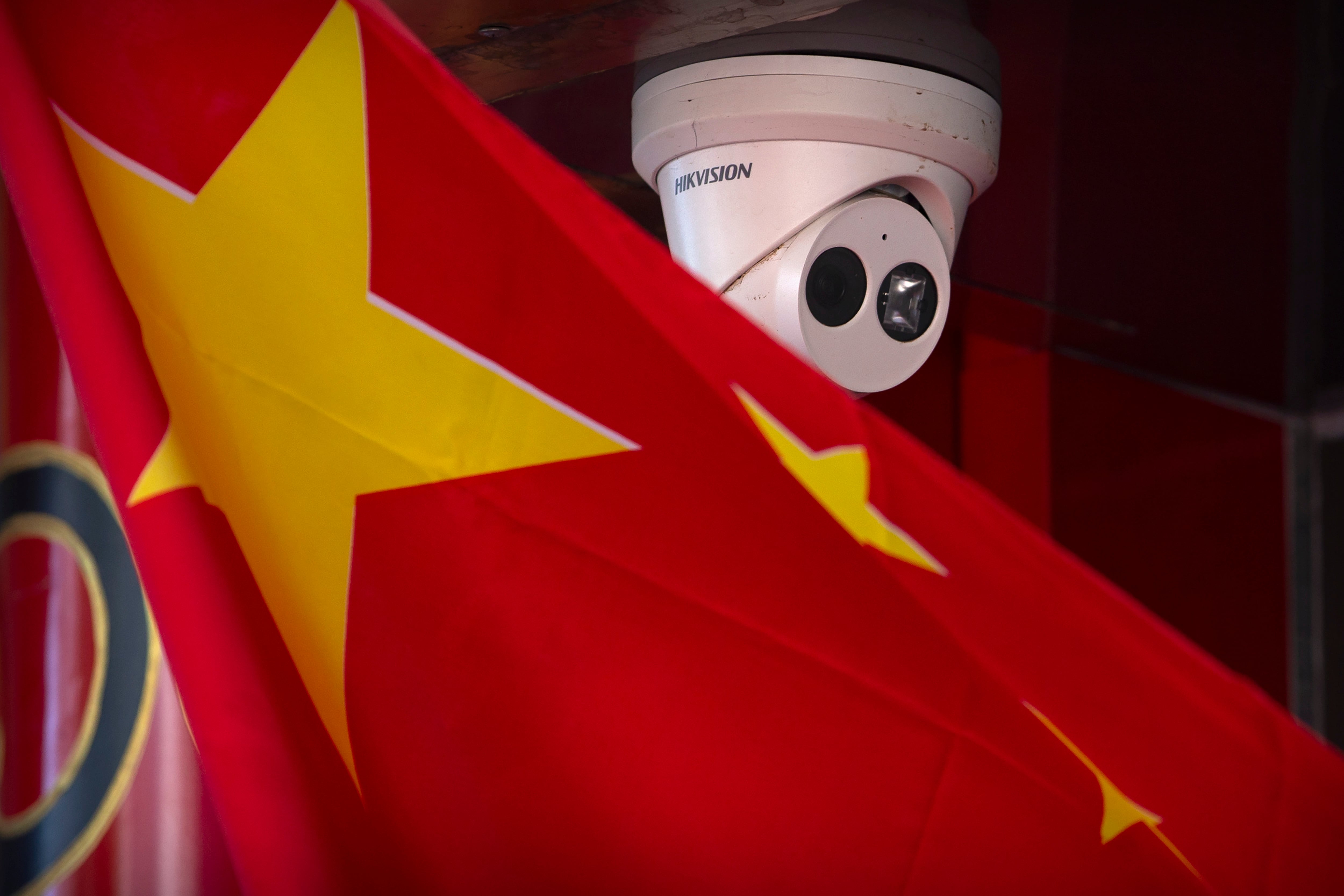The Federal Communications Commission voted unanimously Nov. 22 to prohibit its dollars from being spent on equipment or services from Chinese telecommunications companies Huawei and ZTE, a move that will protect U.S. military bases in the rural parts of the country from Chinese espionage as 5G technology appears on the horizon.
The vote banned money from the FCC’s Universal Service Fund, which helps subsidize broadband access in rural areas of the United States, from being spent to obtain, maintain or support Huawei and ZTE products, as well as established a process to add companies to the banned list in the future.
Telecom providers, as well as government agencies, across the United States are preparing for the onset of 5G technology, which will transform communications, but will also introduce greater cybersecurity risks into U.S. networks. Concerns about the cybersecurity of Huawei and ZTE products are widespread across the U.S. government.
“These two companies pose a great security risk because Chinese intelligence agencies have opportunities to tamper with their products in both the design and manufacturing processes,” the FCC noted in its fact sheet.
RELATED

A central issue in the decision is a Chinese law passed in 2017 that compels Chinese companies to cooperate with the government, providing a potential avenue into U.S. networks. Huawei has a history of espionage. For example, Huawei equipment was caught sending data back to China from the headquarters of the African Union. In addition, there is also concern about Huawei having backdoor access into U.S. networks through its technology.
James Lewis, senior vice president and director of the technology policy program at the Center for Strategic and International Studies, said the worries extend beyond back doors, adding that Huawei has immediate front door access to U.S. networks through software updates.
“Every day or every week they pump updates or patches … and we don’t have the ability to say there isn’t a hidden command in that” update that is designed to cause disruption, Lewis said, like making phone calls drop or turn off hospital networks.
While major U.S. telecom providers have removed Huawei and ZTE products from their networks, rural providers still purchase and use products from the Chinese-based companies largely because they are cheaper options.
This poses a national security threat, experts say, because Chinese-made equipment deployed in rural networks are near U.S. military installations, providing an opportunity for China to spy.
“The Chinese are very aggressive and nimble at intelligence collection,” said Lewis. “This isn’t a country that likes us, and they don’t behave in a particularly trustworthy manner. So would you want military bases [or] some of the national labs that are out in rural areas depending on network technology that might be reporting back to China? It’s a risk.”
The FCC also proposed that all USF recipients deemed eligible telecommunications carriers remove existing Huawei and ZTE products from their networks. The same proposal would establish a fund to reimburse telecom companies for costs associated with transitioning away from risky companies’ technology.
That task, referred to as “rip and replace,” is estimated to cost up to $1 billion. Tom Wheeler, former FCC chairman and current visiting fellow at the Brookings Institution, said that the fund had to be set up for rip and replace because small telecom providers made a business decision to buy Huawei products despite warnings from the federal government about risks.
“They knew that the United States government was urging carriers not to use Chinese equipment,” Wheeler said. “They knew that the major carriers had already said, ‘Yes, we won’t [use it],’ and they still decided to go ahead and do it.
Wheeler characterized the fund as a bail out, adding that he “hope[s] that that bail out will also contain some expectations” by the government on what the rural carriers do in the future to protect their networks.
RELATED

Also tucked into the FCC vote was a provision that creates an information collection effort to help telecom providers identify the amount of Huawei or ZTE technology that lies in their networks along with how much it will cost to take out.
“One thing that we actually don’t have a good handle on is how much Chinese equipment is currently on U.S. networks and what’s the actual cost associated with taking it all out," said Martijn Rasser, a senior fellow at the the Center for New American Security’s technology and national security program. "So this is a good way to actually audit what the state of affairs is.”
The FCC decision came over a year and a half after it initially published its notice seeking public comment on the proposal to ban USF dollars from being spent on equipment bought from companies dubbed a national security threat, prompting complaints from FCC Commissioner Jessica Rosenworcel at Nov. 22 vote about the amount of time it took the FCC to act. Top U.S. officials, like Rosenworcel, have continuously warned in recent months that the United States doesn’t have a comprehensive 5G strategy.
The U.S. government is also trying to get its allies across the globe to remove and stop buying Huawei equipment.
“If Huawei was a Brazilian company or an Indian company, they wouldn’t be having this trouble,” Lewis said. “It’s because they are connected to a hostile foreign power and there’s not … a lot they can do about that.”
Andrew Eversden covers all things defense technology for C4ISRNET. He previously reported on federal IT and cybersecurity for Federal Times and Fifth Domain, and worked as a congressional reporting fellow for the Texas Tribune. He was also a Washington intern for the Durango Herald. Andrew is a graduate of American University.








